My plans for fruit growing in Moab Utah
12 years ago
Related Stories
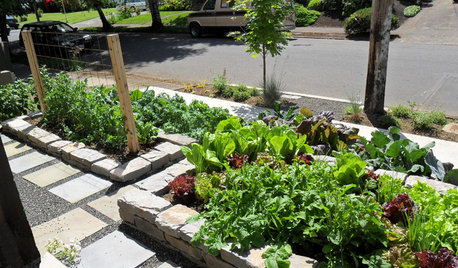
FRONT YARD IDEASWelcome Edibles Into the Front Yard for Fresh Food and More
Give your front yard design a boost and maybe even make new friends by growing fruits and vegetables
Full Story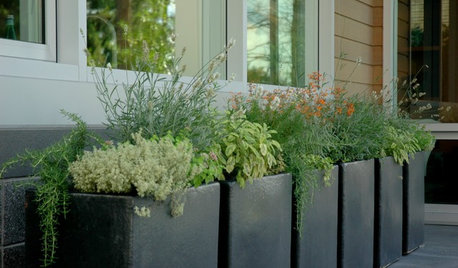
GARDENING AND LANDSCAPINGUnexpected Edible Gardens
How to grow your own herbs and vegetables almost anywhere
Full Story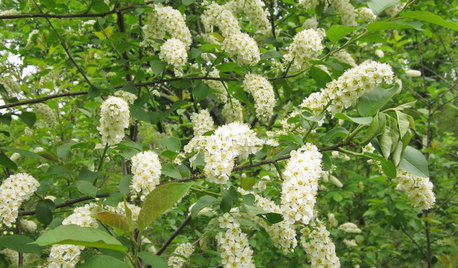
TREESNative Plant Alternatives to Invasive Common Buckthorn
Learn how to identify and control this aggressive plant, and what to grow in its place
Full Story
GARDENING GUIDES10 Top California Native Plants, Trees and Grasses
Enjoy a fuss-free, water-wise garden in the Golden State by growing plants naturally in tune with the climate and wildlife
Full Story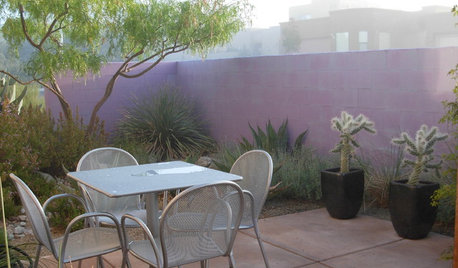
GARDENING GUIDESSouthwest Gardener's September Checklist
Arid desert gardens get welcome relief this month with cooler temperatures and moisture in the air. Here's how to make sure they thrive
Full Story0

HOUZZ TOURSMy Houzz: Oregon Landscape Inspires a Painter’s Dream Home and Studio
Acres of unspoiled land and abundant natural life surround this special live-work space in eastern Oregon
Full Story
MOST POPULAR20 Outstanding Outdoor Living Rooms
Why give up style and comfort just because you add fresh air? Turn any porch or patio into a sumptuous room by following these leads
Full Story
SAVING WATER11 Ways to Save Water at Home
Whether you live in a drought-stricken area or just want to help preserve a precious resource, here are things you can do to use less water
Full Story
GARDENING GUIDESBackyard Birds: Invite Entertaining Hummingbirds Into Your Garden
Hummingbirds — unique to the Americas — zip through open landscapes seasonally or year-round. Here’s how to attract them
Full Story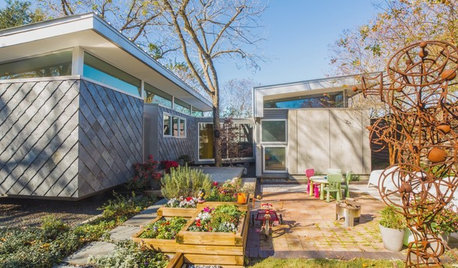
HOUZZ TVHouzz TV: Fun Family Living in 980 Square Feet
In a place known for going big, a family of 4 opts for creative space savers and subtle luxuries instead
Full Story



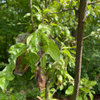
hoseman
User
Related Discussions
Planning new fruit growing area
Q
My plans for 2011 growing season
Q
Need help to ID Moab grasses
Q
My fruit tree plans - and quinces in Colorado?
Q
fruitnut Z7 4500ft SW TXOriginal Author
kngskid
fabaceae_native
fruitnut Z7 4500ft SW TXOriginal Author
donnieappleseed
Konrad___far_north
fruitnut Z7 4500ft SW TXOriginal Author
franktank232
groem
fruitnut Z7 4500ft SW TXOriginal Author
carolync1
ericwi
fabaceae_native
fruitnut Z7 4500ft SW TXOriginal Author
mrsg47
luke_oh
fabaceae_native
fruitnut Z7 4500ft SW TXOriginal Author
GreeneGarden
carolync1
carolync1
fruitnut Z7 4500ft SW TXOriginal Author
carolync1
luke_oh
fruitnut Z7 4500ft SW TXOriginal Author
luke_oh
tractormama
fruitnut Z7 4500ft SW TXOriginal Author